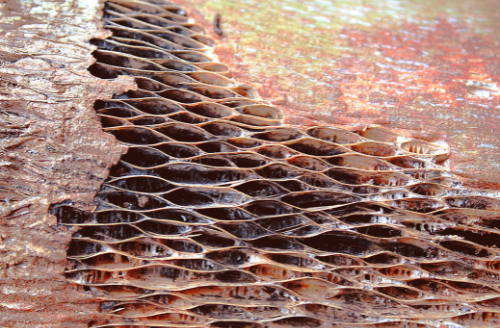What is the Dead Skin Cells?
Dead skin cells serve as a protective layer that forms as the outermost layer of the skin when older skin cells migrate outward.
Contrary to common perception, this layer plays a crucial role in preventing moisture loss from the skin and shielding it from environmental aggressors.
Our skin undergoes a natural process called keratinization, where new cells are continuously generated in the epidermis and gradually move upward, pushing out older dead cells. This process, occurring in layers of the epidermis including the stratum corneum, stratum lucidum, stratum granulosum, stratum spinosum, and basal layer, typically results in the shedding of dead skin cells approximately every 28 ± 3 days.
However, exfoliants on the market usually recommend using them 1-2, or even 3 times a week.
Do we really need to exfoliate more often than just the regular keratinization process?
If you live with an ideal pattern, there will be no need for artificial exfoliation.
Unfortunately, due to various factors such as drinking, lack of sleep, and stress, the turnover cycle of dead skin cells becomes irregular, and dead skin cells begin to accumulate.
That’s why additional exfoliation is necessary, but if you do it too often, your skin becomes sensitive.
Additionally, it can be easily attacked by ultraviolet rays, causing pigmentation and photoaging.
Conversely, if dead skin cells are left alone, the skin thickness becomes thicker and the skin color becomes dark and dull.
This is because dead skin cells exposed to the external environment darken as they age, creating an uneven skin tone.
Hence, it’s crucial for individuals to assess their skin condition and determine whether additional exfoliation is warranted. Alternatively, focusing on areas where dead skin cell buildup is evident can be a practical approach.
There are two primary methods for removing dead skin cells: physical and chemical.
[Methods of Dead Skin Cell Removal]
Physical Removal
: This involves using abrasive scrubs or tools to mechanically slough off dead skin cells.
While effective, this method may not evenly remove thick layers of dead cells and can be too harsh for sensitive skin, potentially causing irritation or damage.
Chemical Removal
: Chemical exfoliation utilizes compounds known as Triple Acids, which include Alpha Hydroxy Acids (AHAs), Beta Hydroxy Acids (BHAs), and Polyhydroxy Acids (PHAs).
[Triple Acids: AHA, BHA, PHA]
AHA(Alpha Hydroxyl Acids)
: There are many types of water-soluble fruit acids and their role is to break down the outer layer of dead skin cells.
Among all cosmetic ingredients, this includes ‘glycolic acid (sugar cane), mandelic acid (almonds), tartaric acid (grapes), citric acid (lemon, orange, etc.)’.
Suitable for dry or sensitive skin as it causes little skin irritation.
BHA(Betal Hydroxyl Acids)
: It is a fat-soluble ingredient that penetrates deep into the skin and is effective in removing dead skin cells that clog pores.
The representative ingredient is salicylic acid (derived from willow bark or synthetic), and is especially suitable for oily and troubled skin.
PHA(Polyhydroxy Acids)
: PHA is a newer generation of chemical exfoliants that are considered gentler on the skin compared to AHAs and BHAs.
They also provide hydration and antioxidant benefits.
Gluconolactone and Lactobionic acid are the Representative ingredients.
In recent years, these chemical exfoliants have been incorporated into various skincare products, offering daily exfoliation to naturally remove dead skin cells, cleanse pores, and improve skin texture and radiance.

